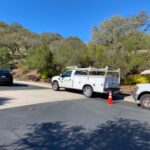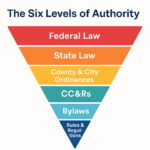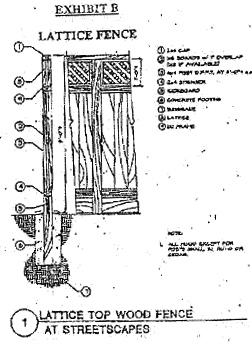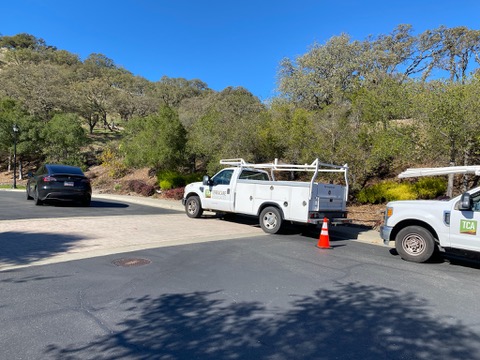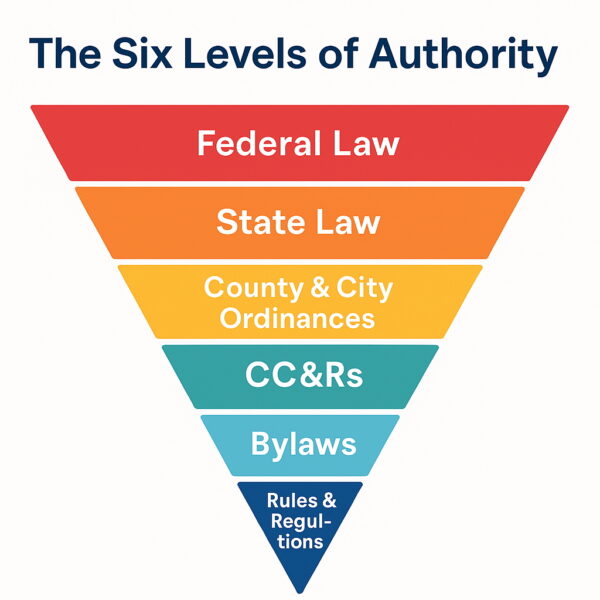Okay, here’s a briefing discussion summarizing the key points focusing on fence maintenance rules and the potential for updating CC&Rs to address fire safety concerns.
Executive Summary:
This discussion summarizes the Eastridge Hills HOA’s existing rules regarding fence maintenance, differentiating between fences shared with common areas and those between individual homeowners (“Party Fences”). It also highlights the growing concern regarding wildfire risk in the Eastridge Hills neighborhood and the potential benefits of updating the HOA’s Covenants, Conditions, and Restrictions (CC&Rs) to encourage or mandate the use of fire-resistant fencing materials. The summary emphasizes homeowner responsibilities and potential future changes to regulations related to fire safety and defensible space, specifically regarding fences.
Current Fence Maintenance Rules:
The Eastridge Hills HOA has specific rules governing fence maintenance, distinguishing between two categories:
Fences Shared with Common Areas (“Shared Fences”): These fences are typically located between a homeowner’s lot and common areas, including streets.
Cost Sharing: “The cost of maintenance, repair, and replacement of shared fences shall be borne equally by the Lot Owner and the Association.”
Maintenance Responsibility: “The Association and/or the Owner shall perform maintenance (including periodic painting or staining) of that portion of the fence that faces their respective property.”
Board Discretion: The Board has the authority to manage maintenance and charge the owner’s portion of the cost.
Fences Between Homeowners (“Party Fences”): These fences are located on or near the boundary line between two lots.
General Rules Apply: General legal principles regarding boundary fences apply unless they conflict with the Declaration.
Cost Sharing: “The cost of maintenance, repair, and replacement of a Party Fence shall be shared by the Owners pursuant to any written agreement between them. In the absence of a written agreement, the costs are shared by the Owners who use the Party Fence in proportion to their use.” If damaged by casualty (e.g., fire), any owner who used it may restore it and the other users must contribute.
HOA Non-Responsibility: “Party Fences are not Common Area and are not the responsibility of the Association.” Disputes are to be resolved between homeowners.
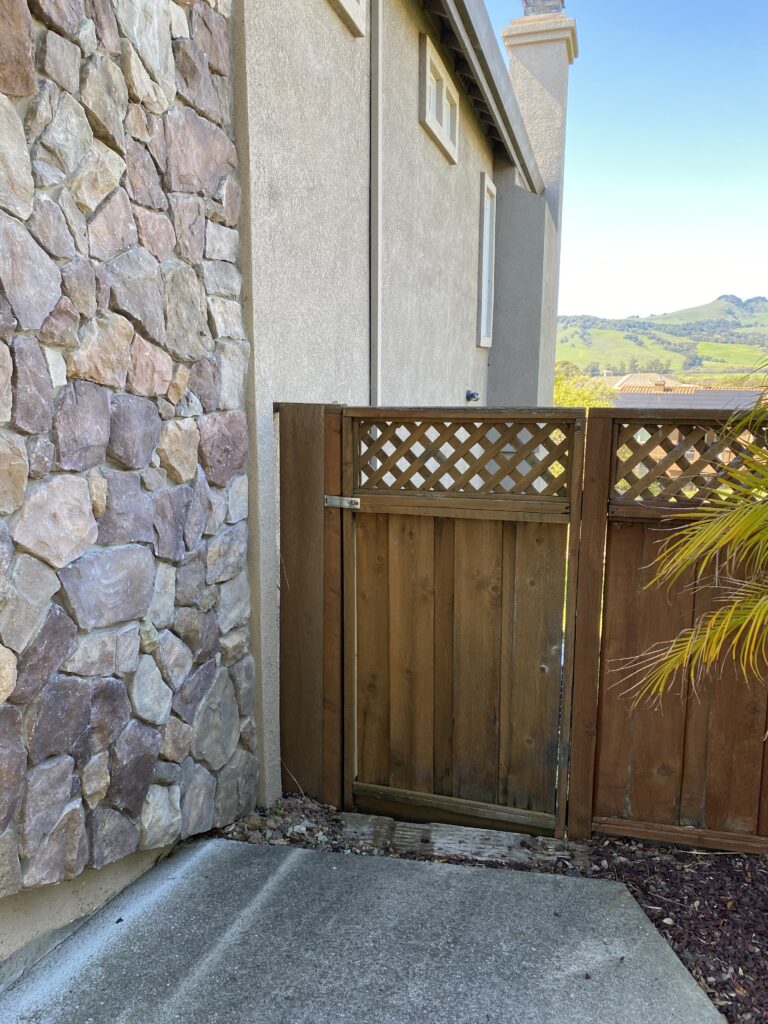
Wildfire Risk and Defensible Space:
This highlights the increasing risk of wildfires in the Eastridge Hills neighborhood due to its proximity to Rockville Regional Park. It references CAL FIRE guidelines for creating defensible space, particularly Zone 0 (0-5 feet around a building). Key CAL FIRE recommendations include:
Ember-Resistant Zone (Zone 0): Replacing combustible fencing, gates, and arbors attached to the home with noncombustible alternatives to prevent fire spread.
Fence Spacing: Maintaining at least 10 feet between parallel combustible fences on a property and 20 feet between neighboring combustible fences and the residence.
The discussion notes that these guidelines are currently recommendations, but the California Board of Forestry and Fire Protection is developing regulations that would mandate the removal of flammable materials, including wooden fences, within 5 feet of structures in fire-prone areas. These regulations are expected to apply to new constructions initially, with existing homes required to comply within a three-year timeframe.
Proposed Updates to CC&Rs for Fire Safety:
Given the age of the existing wooden fences and the escalating wildfire risk, the discussion proposes updating the Eastridge Hills HOA’s CC&Rs to address fire safety concerns. Key considerations for updating the CC&Rs include:
Fire Safety Compliance: Encouraging or mandating fire-resistant fencing options such as metal, composite materials, masonry, or vinyl with fire-resistant additives.
Structural Longevity: Providing guidelines on durable, weather-resistant alternatives to deteriorating wooden fences.
Aesthetic and Neighborhood Consistency: Outlining acceptable styles and colors for new fencing to maintain visual harmony while ensuring safety.
Cost Considerations for Homeowners: Acknowledging the higher upfront cost of fire-resistant materials while highlighting their long-term benefits (reduced maintenance, extended lifespan, and potentially lower insurance risks).
Adaptation to Climate Change: Recognizing the increasing frequency and intensity of wildfires and updating the CC&Rs to reflect current fire prevention and resilience strategies.
Recommended Next Steps for the New HOA Board:
Conduct a survey to gather homeowner input on fence replacement preferences.
Research cost-effective and compliant materials that balance safety and aesthetics.
Engage with a fire safety expert to assess high-risk areas in the neighborhood. Draft an amendment to the CC&Rs and present it for community discussion.

